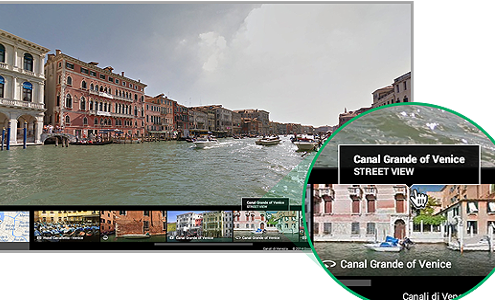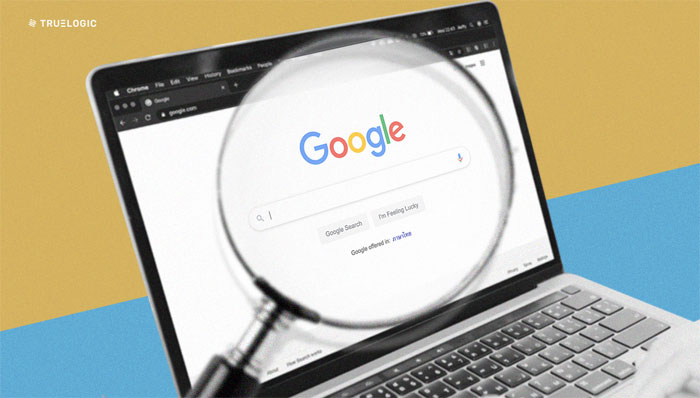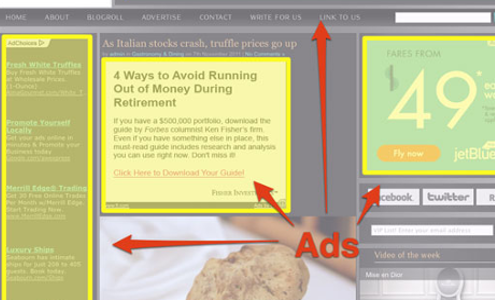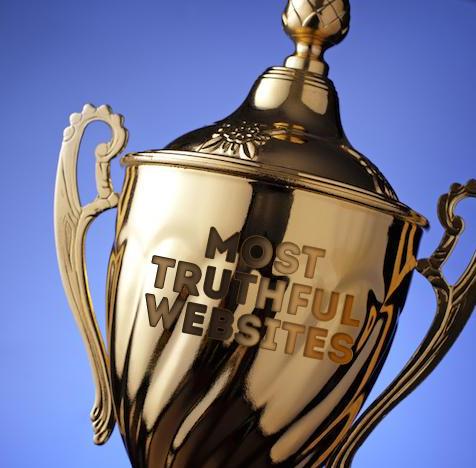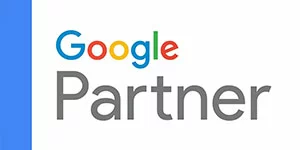Navigating Google’s AI-Enhanced Search
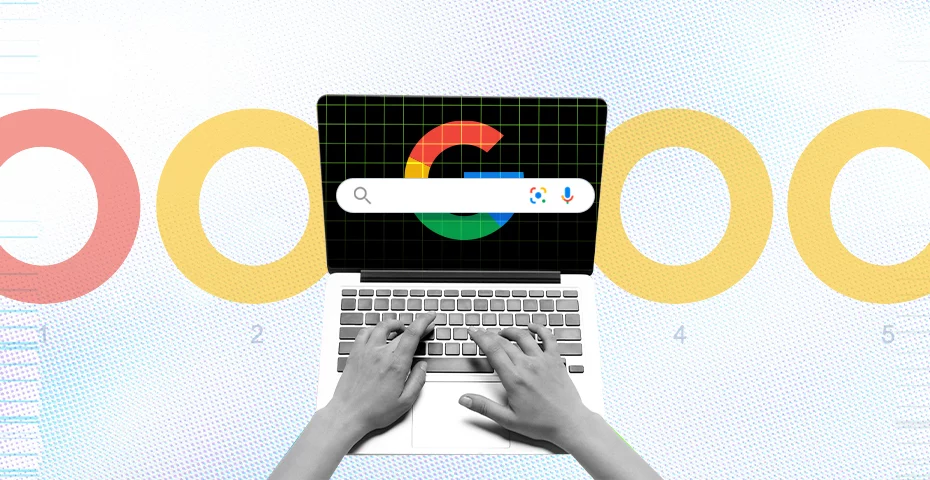
Introduction: AI’s Evolution in Google Search
The integration of Artificial Intelligence (AI) into Google Search is fundamentally reshaping user interaction with search results. SEMRush ran an analysis of 200,000 Keywords in January to March 2025 and what they found was that AI Overviews appeared in 6.49% of searches in January, rose to a whopping 13% by March. Other analytics companies like Similarweb, Ziptie and Brightedge ran similar experiments with all of them concluding that there has been a large increase in the prevalence of the AI overview result with most of their findings in the sub20% region. The implications for brands cannot be overstated.
Brands now face a challenge: adapting their content strategies to remain relevant in an evolving digital landscape. As Google’s AI-driven search experiences mature, understanding and leveraging these new mechanisms—particularly AI Overviews and AI Citations—is essential for sustained digital performance and visibility.
What is Google’s AI Overview?
AI Overviews saw a broad public release in the United States in May 2024, with global deployment completed by late 2024. In a nutshell, it is a generative-AI-powered summary prominently displayed at the top of the search results page. This AI-generated snippet synthesizes information from multiple authoritative sources to directly answer user queries without requiring clicks into individual webpages. The primary aim of this feature is to enhance the user’s search experience by providing succinct, accurate answers rapidly, minimizing the need for users to visit multiple sites to gather necessary information.
However, this shift is not without implications for brands. The direct-answer nature of AI Overviews has local brands suspecting that it may be negatively impacting their organic traffic as users increasingly obtain information directly on the search page itself.
What Are AI Citations?
AI Citations are direct references and hyperlinks embedded within Google’s AI Overviews. These citations credit original content providers and direct interested users to the source material. For brands, these citations represent a critical opportunity: maintaining visibility, driving traffic, and reinforcing authority within Google’s increasingly answer-driven search environment.
Securing frequent citations within AI Overviews is akin to gaining featured snippet visibility. While the total volume of clicks may decrease overall due to direct-answering, the quality of these clicks often improves, as cited content typically meets precise user intent, leading to higher engagement metrics.
Factors Influencing AI Overview Inclusion
Our recent internal study at Truelogic analyzed key web metrics influencing Google’s selection of content for AI Overview inclusion. The study involved extensive data analysis, correlating various factors with successful inclusion. Key insights revealed:
Domain Authority and Trust:
Keyword Equity:
Content Depth and Length:
Page Count:
User Experience (Page Speed & Mobile Optimization):
Brand Search Volume:
Quality External Citations:
One thing to note… While publishing brands produce more content, have more pages and generally have high authority scores, they do not seem to be favored by AI Overview results – in spite of the fact that 88% of AI Overview keywords are informational in nature.
AI OVERVIEW
| DR | KWs | Traffic (1,000’s) | Pages | Info Pages | Brand SV (1,000’s) | Overviews |
| 51 | 2,000 | 4 | 614 | 811 | 0.4 | 9 |
| 70 | 168,500 | 1,400 | 7,100 | 553 | 823.0 | 3,728 |
| 64 | 89,400 | 542 | 2,580 | 36 | 301.0 | 761 |
| 91 | 11,400 | 37 | 36,900 | 303 | 165.0 | 5,490 |
| 63 | 1,900 | 13 | 624 | 233 | 5.4 | 101 |
| 45 | 580 | 6 | 1,710 | 1,710 | 3.6 | 156 |
| 60 | 83,300 | 254 | 2,900 | 10 | 135.0 | 716 |
| 44 | 1,200 | 10 | 104 | 1 | 18.1 | 9 |
| 55 | 3,700 | 11 | 4,800 | 252 | 12.1 | 51 |
| 45 | 10,500 | 107 | 894 | 779 | 201.0 | 288 |
| 73 | 117,600 | 1,400 | 641 | 5 | 246.0 | 646 |
| 77 | 132,000 | 33 | 217,00 | 217,000 | 5.4 | 4 |
| 58 | 72,700 | 181 | 141,000 | 75,900 | 40.5 | 8 |
| 52 | 31,600 | 59 | 1,810 | 903 | 40.5 | 226 |
| 0.697 | 0.22 | 0.327 | -0.092 | -0.19 | 0.59 |
Factors Influencing AI Citations
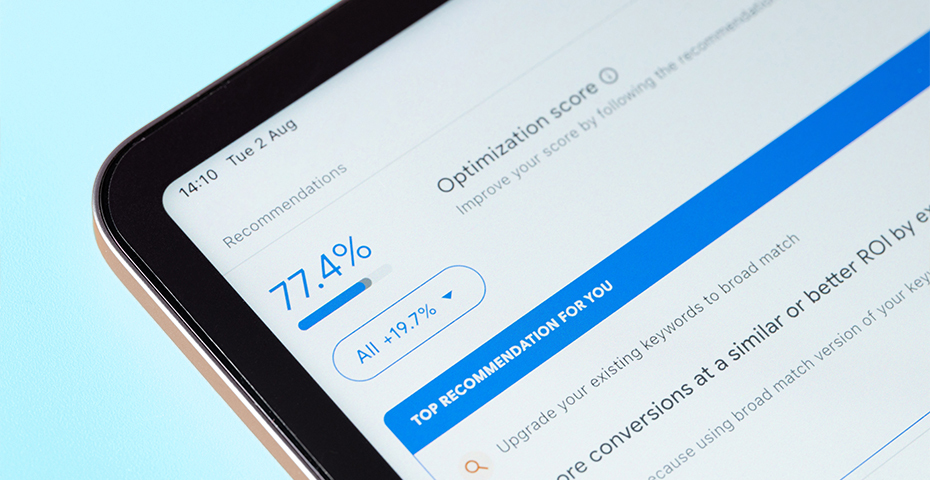
The correlation study further analyzed factors influencing whether content was cited explicitly within AI Overviews:
Domain Authority and Trust:
Brand Search Volume:
Keyword Equity:
Traffic:
Authoritative Links and References:
AI CITATIONS
| DR | KWs | Traffic (1,000’s) | Pages | Info Pages | Brand SV (1,000’s) | Citation |
| 51 | 2,000 | 4 | 614 | 811 | 0.4 | 19 |
| 70 | 168,500 | 1,400 | 7,100 | 553 | 823.0 | 1,494 |
| 64 | 89,400 | 542 | 2,580 | 36 | 301.0 | 270 |
| 91 | 11,400 | 37 | 36,900 | 303 | 165.0 | 69 |
| 63 | 1,900 | 13 | 624 | 233 | 5.4 | 8 |
| 45 | 580 | 6 | 1,710 | 1,710 | 3.6 | 3 |
| 60 | 83,300 | 254 | 2,900 | 10 | 135.0 | 314 |
| 44 | 1,200 | 10 | 104 | 1 | 18.1 | 2 |
| 55 | 3,700 | 11 | 4,800 | 252 | 12.1 | 29 |
| 45 | 10,500 | 107 | 894 | 779 | 201.0 | 30 |
| 73 | 117,600 | 1,400 | 641 | 5 | 246.0 | 355 |
| 77 | 132,000 | 33 | 217,00 | 217,000 | 5.4 | 154 |
| 58 | 72,700 | 181 | 141,000 | 75,900 | 40.5 | 31 |
| 52 | 31,600 | 59 | 1,810 | 903 | 40.5 | 266 |
| 0.299 | 0.746 | 0.789 | -0,113 | -0.092 | 0.928 |
One More Game-changing Factor:
We’ve arrived at the “I’d tell you but I’d have to kill you…” section of this article. There is 1 more game-changing factor that strongly correlates to relevance in both AI Overviews and Citations.
That’s content structure – but that’s an entirely different article on its own.
At Truelogic, we understand AI Search optimization, delivering tailored strategies to enhance brand visibility, AI Overview inclusion, and citation likelihood.
If you’re ready to future-proof your digital presence, optimizing for AI-driven search experiences Truelogic offers the expertise and research-driven solutions you need.
Explore your brand’s potential in the AI-enhanced search era—reach out to begin your strategic journey today.

